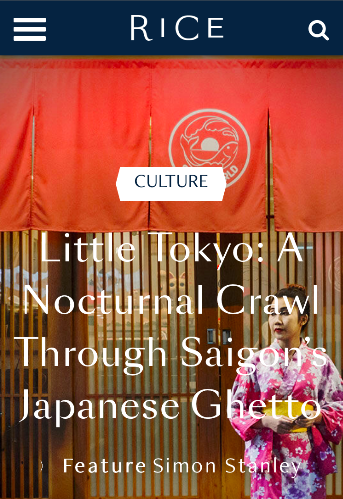
Kwun Tong represents a bygone era for Hong Kong. Its a big, unpretty industrial and business centre in the Eastern part of Kowloon, and in many ways feels like a city apart from the rest of the city, a city in itself (or on the mainland).
It was here that Hong Kong’s last porno theatre operated, here that Communist sympathisers blew up a cinema in the 1970s and here that gunmen hit a street of gold stores in the 1980s in broad daylight. It is hard to imagine any of these things happening in Hong Kong now.
The streets of Kwun Tong are crowded and pressed, squeezed claustrophobically by ten-storey concrete industrial buildings. It is gritty and grimy and people push and shove. There are flyers and posters everywhere for cheap-looking restaurants and whenever I go there, it always seems to be hot.
But like Wong Chuk Hang (and Chai wan) it is this very industrial heritage which makes Kwun Tong an attractive place for local hipsters to set up slightly left-of-centre businesses in big and relatively cheap lofts. It is home to urban bee farms, roof-top farms and (until recently at least) underground rock clubs. I paid a visit over the weekend to see what else was brewing.
My first few destinations were a bit of a bust – the vegetarian restaurant I had been recommended turned out to be a tasty food stall in a mall. It was nice, but not worth crossing town for. The independent bookstore I had caught wind of, Bleakhouse Books, turned out to be open by appointment only. But I hit the jackpot with my third destination, the How cafe (below) as well as these pieces of street art in the area’s otherwise grim alleyways, before heading to the quiet ferry terminal with its lapping waves and peeling paint, to wait a full hour before the next ferry came to take me back to the island.








































































